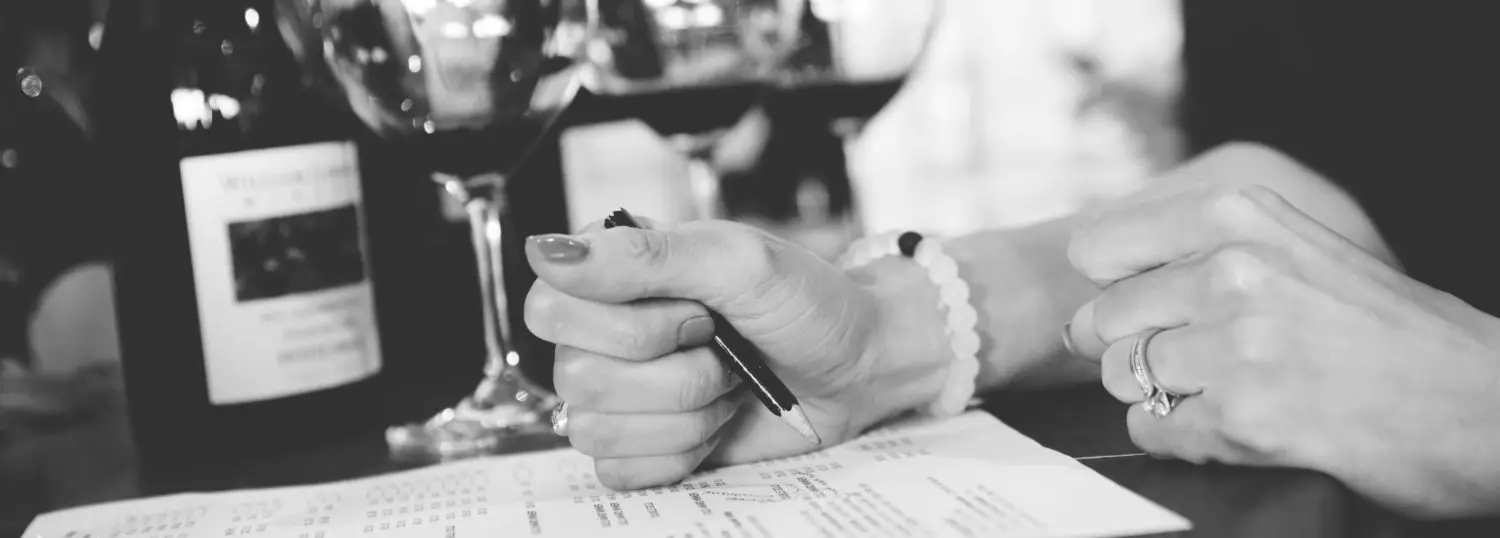I think that sometimes we get a little too precious about our wine pairings. Too focused on the ‘perfect’ pairing. Too fussed on which days are ‘ok’ to have a glass of wine (or two!) with dinner. Blah blah blah. Now I’m not saying I drink every night—sometimes one wants a break; sometimes one wants to drink something not wine (*gasp*) and that’s all a-ok too. But I recently cleaned out my wine cellar and dedicated one whole section to ‘weeknight drinking.’ Meaning, any day of the week either I or the man should be able to walk in and choose something and it should be fine. Choose something based on the food, the mood, the weather. Close your eyes point and say ‘ok.’ (Um…maybe not that last one…).
The following is a list of some of our weeknight pairings. These are not reviews of specific wines/wine brands per se. More my/our comments on styles of wines that, for us, seem to par well with classic Briscoe mid-week meals. The perfect pairings? Probably not? But, isn’t the perfect pairing the pairing you’re enjoying at the moment anyway? (Answer: yes.)





